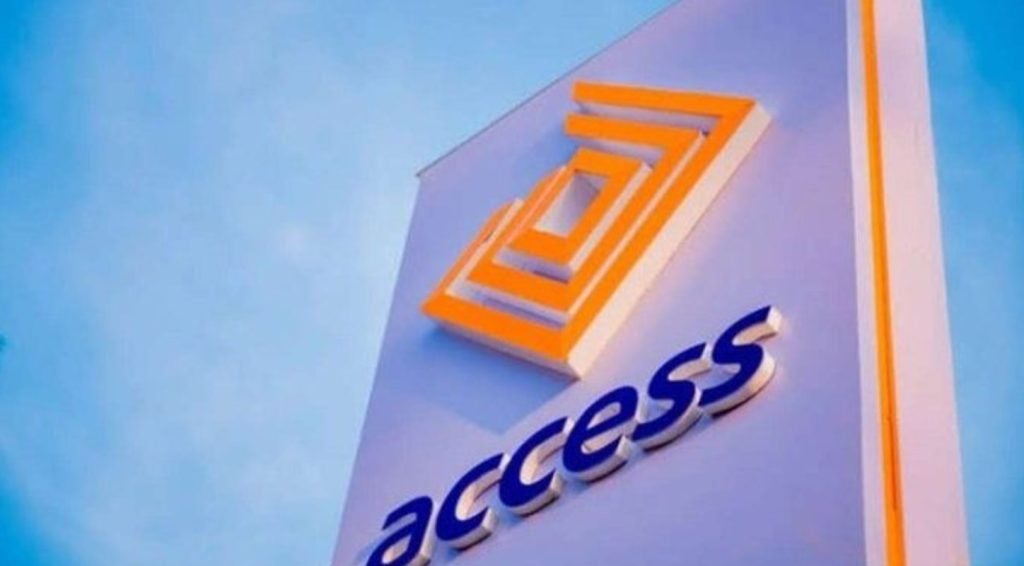Developments in the use of the public cloud as a tool for financial services are beginning to take off as more and more institutions realise the potential of it. But one major concern is how secure the cloud really is. One start-up is changing this perception with their new computing cell. Alexander Atkins reports
More and more, large companies are looking to take advantage of the servers and infrastructure at Amazon, Google and others throughout the public cloud. But the nature of its security has always been a highly sensitive question.
Enter Bracket, a tech start-up in California, which has developed a new product that can provide this peace of mind, as well as providing users with many other applications.
“It’s really focused on allowing large enterprise companies to have a level of control that they can’t get from the public cloud on their own,” says Tom Gillis, CEO and co-founder of Bracket. “In particular we’ve been paying attention to security controls but it’s not limited to that,” he adds.
In terms of security though, the computing cell focuses on building logical controls around an asset.
“The way people think about security, many of the principles are manifestations of physical infrastructure. If I have a server in a data centre, I can put a cage around it and have guard with a gun in front of it so that it appears secure, but recent breaches in companies such as Home Depot, Target and Sony show that physical control of an asset does not mean you have logical control of an asset,” says Gillis.
How well do you really know your competitors?
Access the most comprehensive Company Profiles on the market, powered by GlobalData. Save hours of research. Gain competitive edge.

Thank you!
Your download email will arrive shortly
Not ready to buy yet? Download a free sample
We are confident about the unique quality of our Company Profiles. However, we want you to make the most beneficial decision for your business, so we offer a free sample that you can download by submitting the below form
By GlobalDataThe system operates in the same way as a hypervisor, also known as a virtual machine manager, a program that allows multiple operating systems to share a single hardware host.
This technology then sits on top of any cloud, such as Amazon’s or Google’s or even private clouds, and this becomes the foundation of the computing cell.
“Think of it as a bubble that you can draw around your app, the data and all that stuff that goes with the app and the data to protect them, such as firewalls, authentication, encryption, data management. Now all of that can be moved as a complete stack from one cloud to another,” explains Gillis.
The technology is all about centralisation and provides one set of infrastructure that will run across heterogeneous clouds. This means that if someone is using Amazon’s cloud, for example, which comes with its own firewalls, encryption, data management, and data backup capabilities, but they want to switch to Google’s cloud, which has different firewalls etc, Bracket provides an infrastructure that spans across all of these so that you don’t need multiple systems for each.
“It simplifies the operations for IT and provides a level of control that they otherwise wouldn’t have,” says Gillis.
Bracket is Gillis’ third start-up. His previous enterprise, IronPort, was also focused on security and was bought by Cisco for almost a billion dollars. After the acquisition, Gillis went on to run the security business unit at Cisco for five years before founding Bracket. As he puts it himself: “I’m a security guy, and I’ve been doing security for a long time.”
It’s a technology that appears to have Wall Street firms and financial companies excited. Bracket recently closed its series C investment round, having raised $45mil which, in addition to its previous investment rounds, means the start-up has now procured over $130mil in total.
Goldman Sachs, Blackstone, Wells Fargo and fidelity Management are just a few of the companies who have signed on. But Gillis insists that it’s not limited to financial companies as GE and Direct TV, among other non-financial companies, have also signed up.
However, it’s not just in security that both the public cloud and Bracket have far reaching potential. Risk analysis is another factor that banks are interested in, especially in looking at the different ways the market might move in.
“To run these large scale market risk analyses might require five to ten thousand processors,” explains Gillis. “But in addition to that, governments are now asking banks to run stress tests, in addition to the risk analyses, possibly once a week, maybe more often, maybe less, and that might require another 10,000 processors that have to complete this, but only between market close and market open.”
Bracket, however, offers the opportunity to perform this on the public cloud, as through it banks can have the ability to access tens of thousands of CPUs for perhaps an hour overnight.
“That’s what’s got the financial institutions excited because they can think differently about how they calculate risk as they are no longer constrained by the limitations of physical hardware,” adds Gillis.
As for where the cloud is, in terms of development, Gillis admits that for use by the financial services, it’s still in its pilot stage.
“It’s the year of piloting the cloud for financial services. People are seriously moving production workloads onto the cloud and seeing how it works and once we show these results collectively, I expect the adoption of the public cloud to be fairly rapid,” concludes Gillis. “It’s a fairly pivotal year both for us and the industry.”







